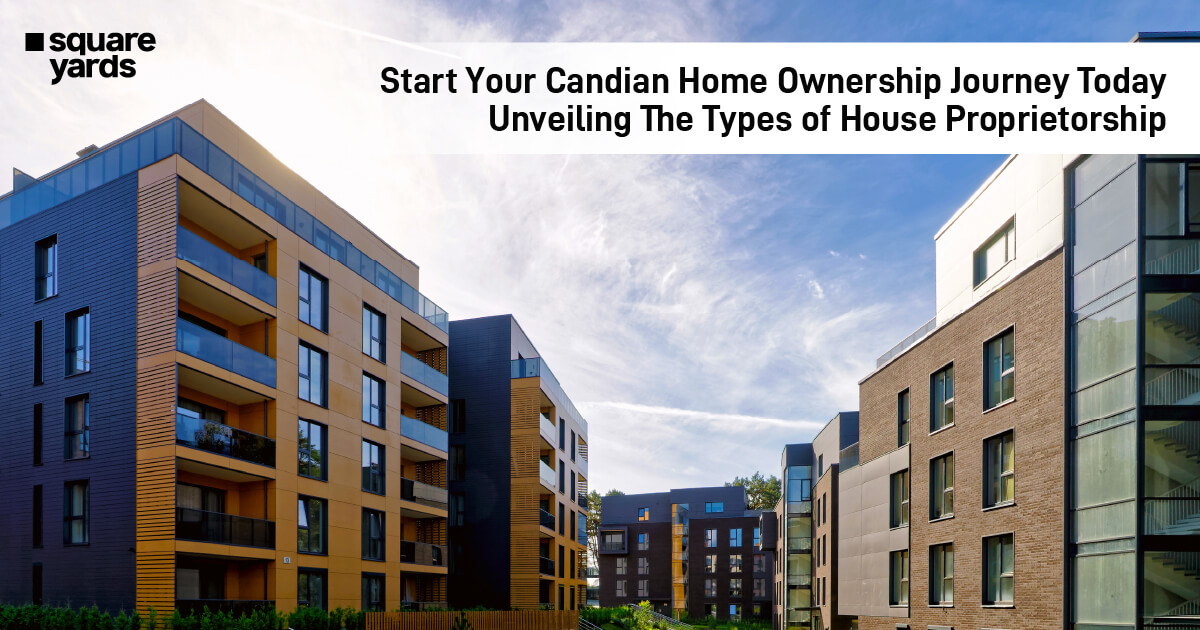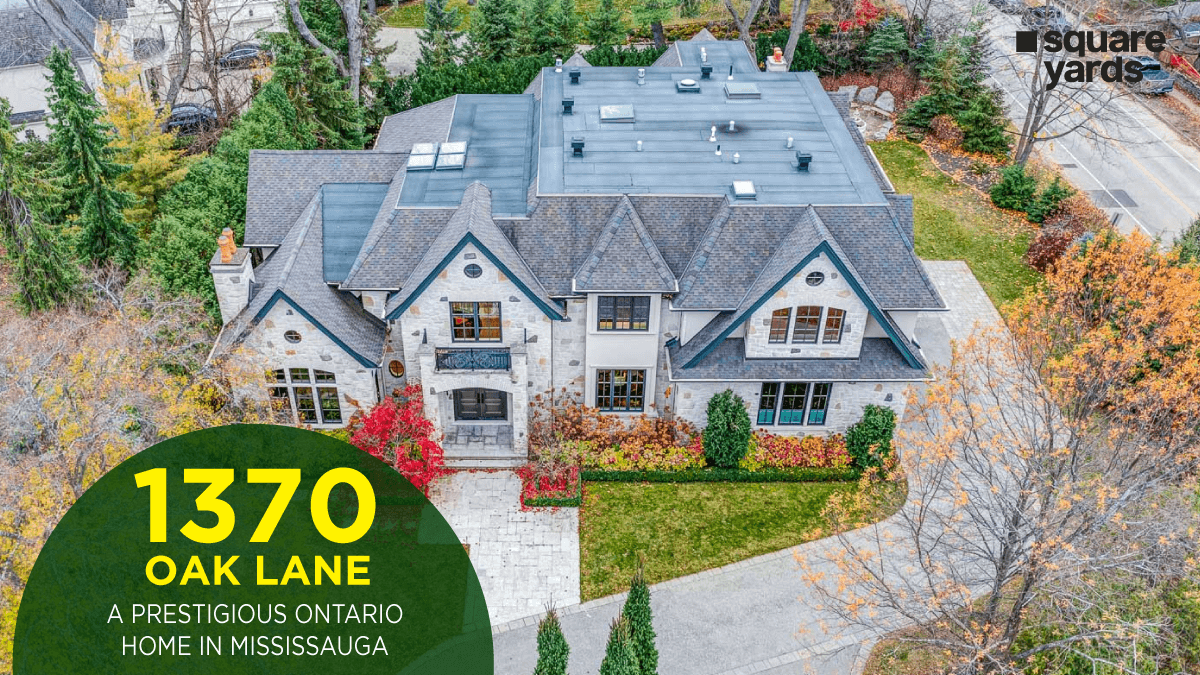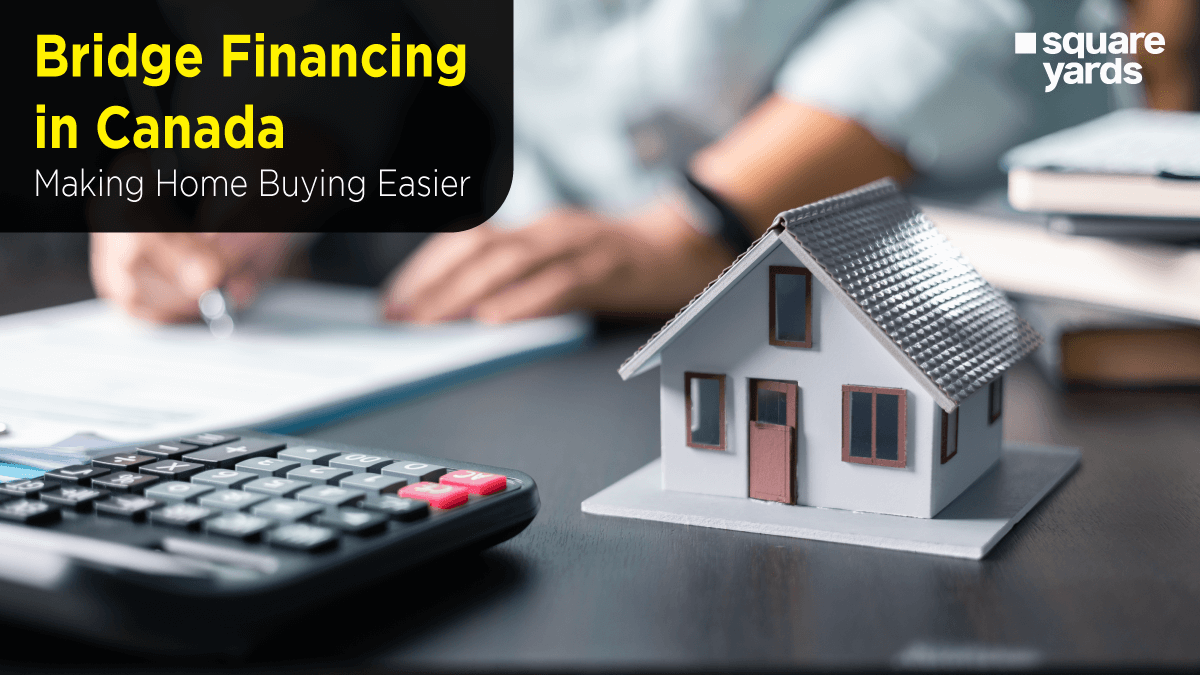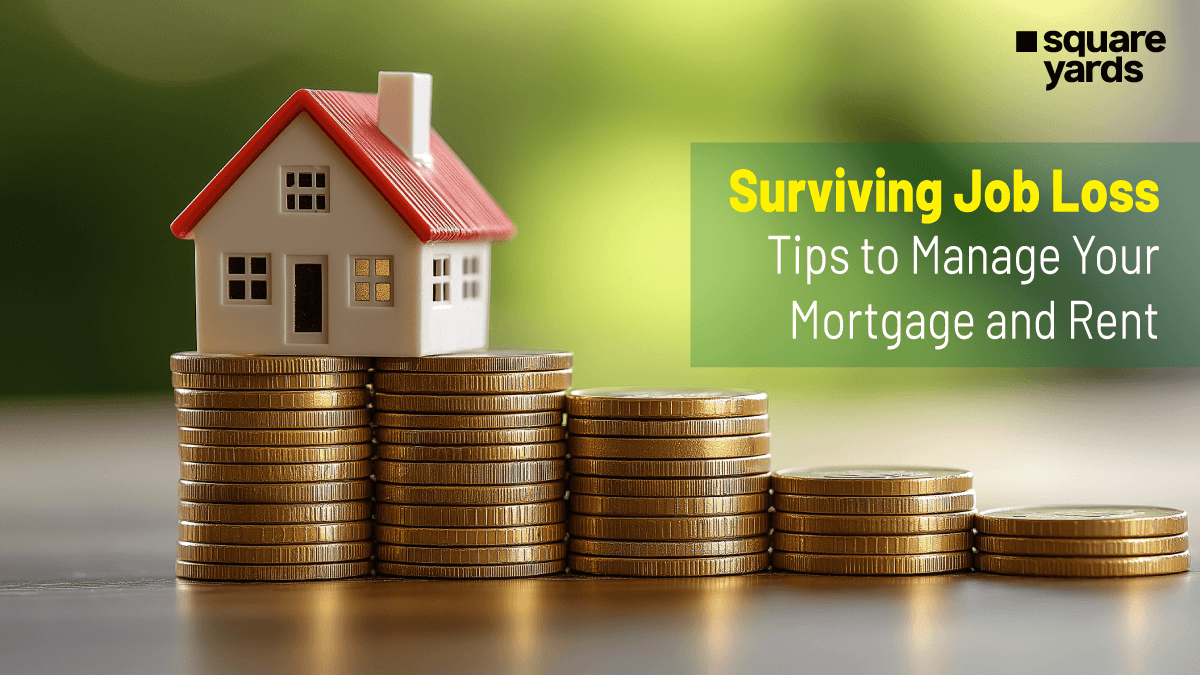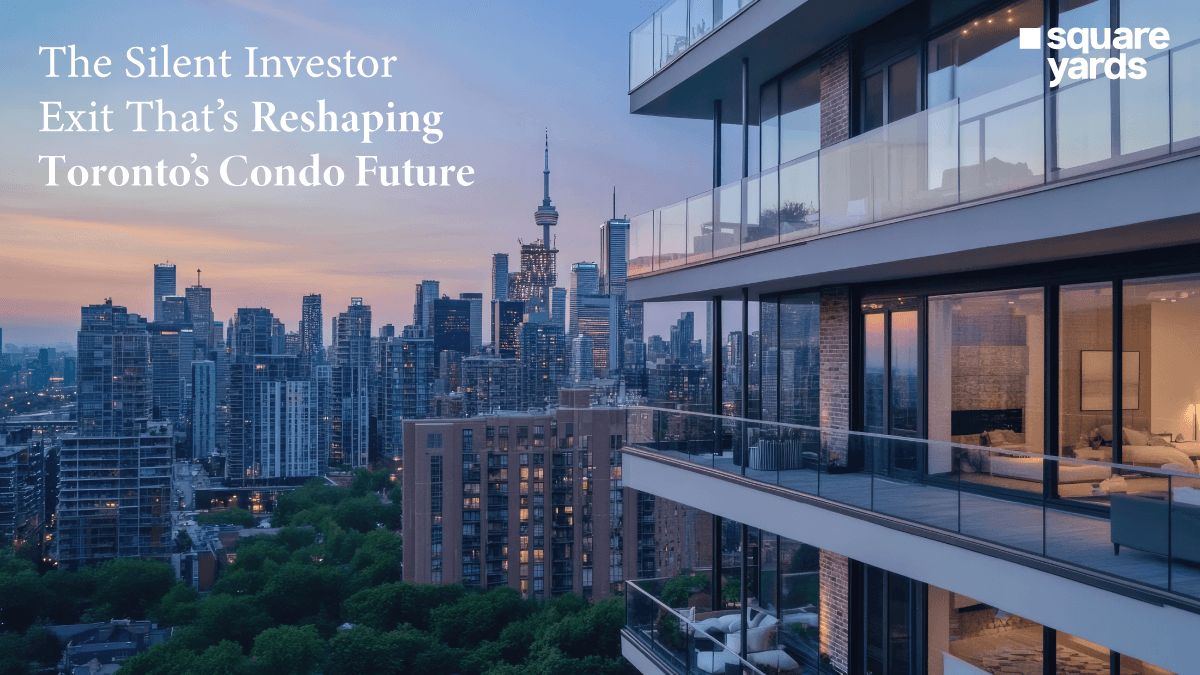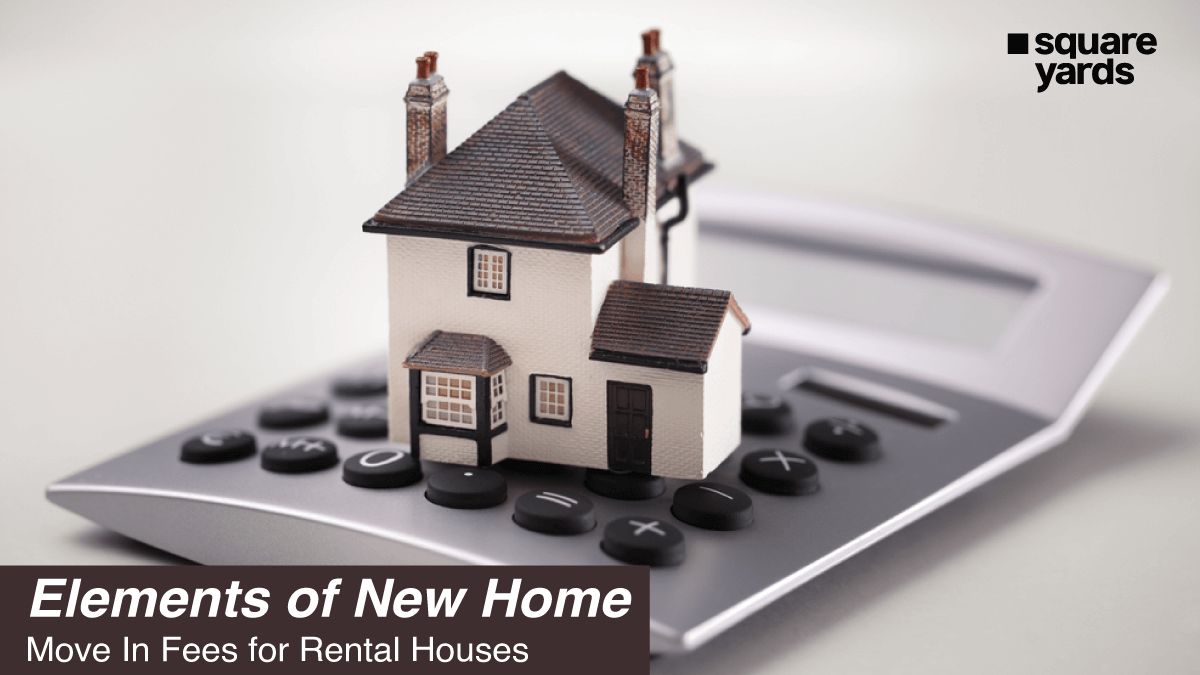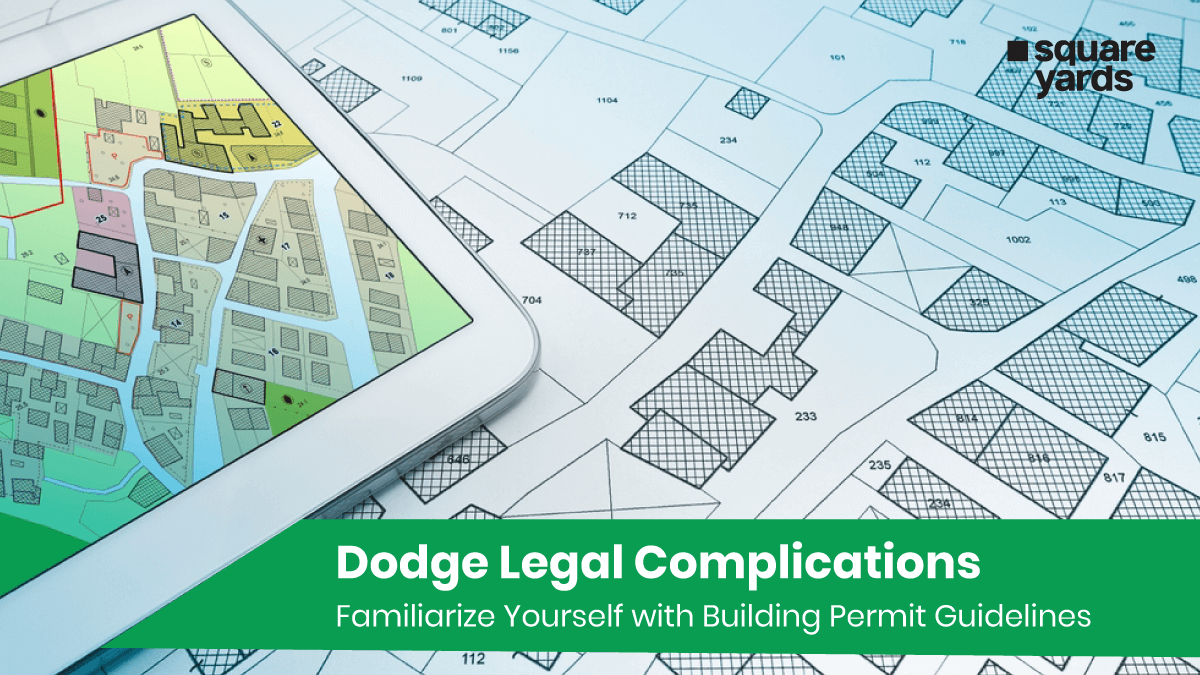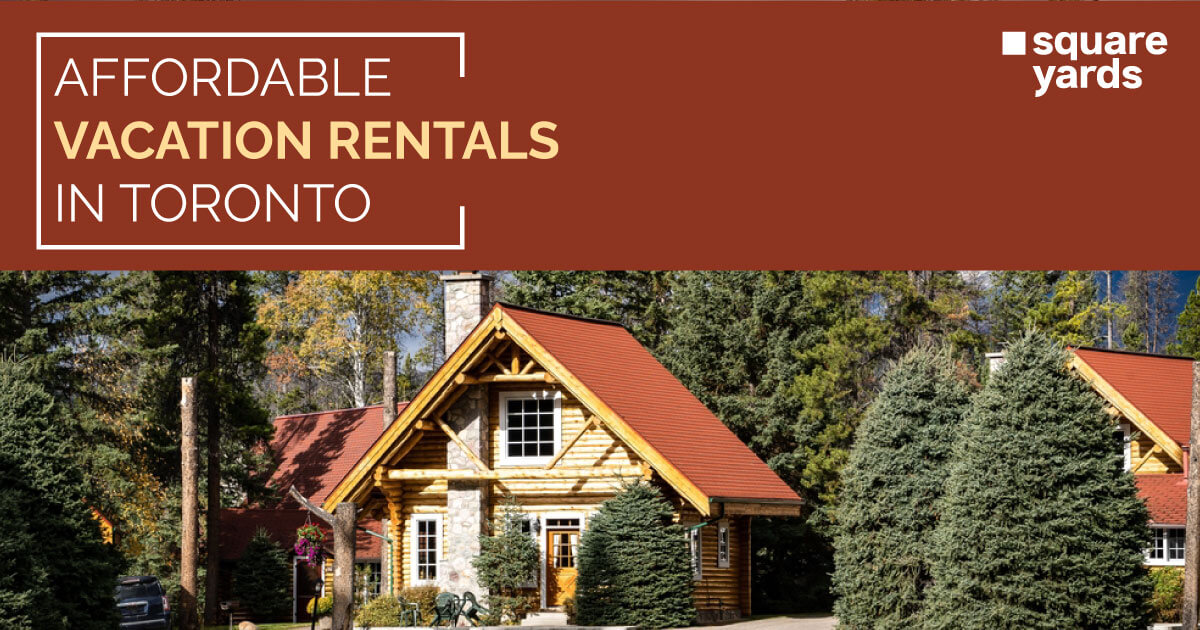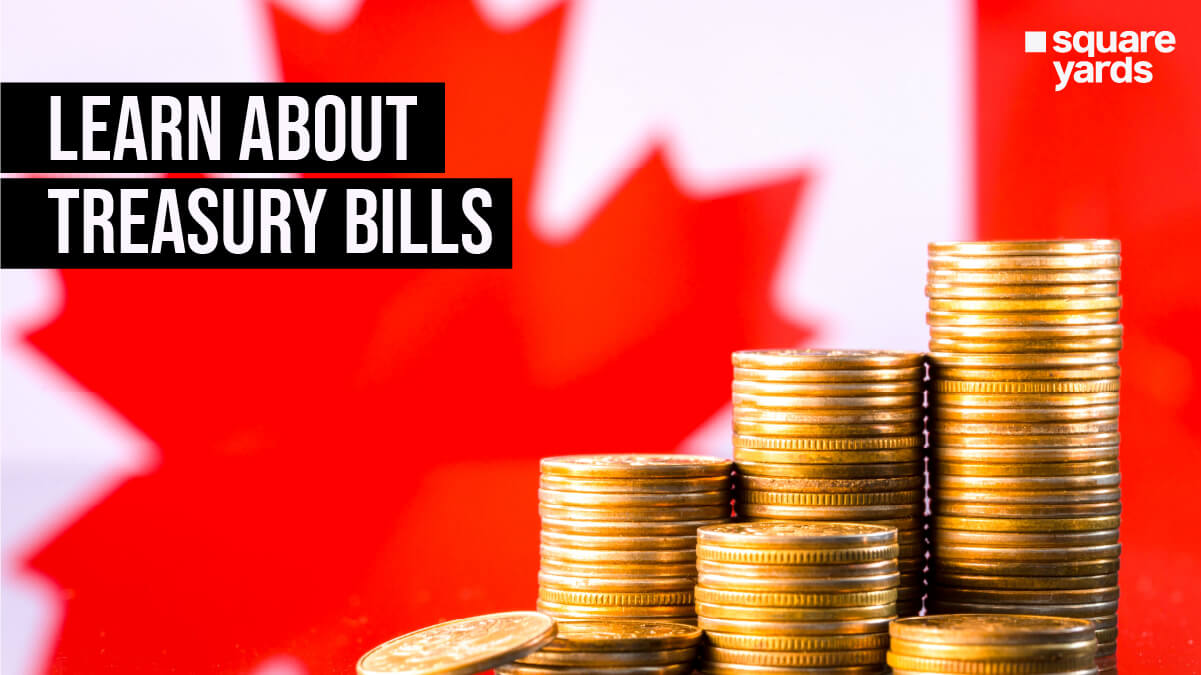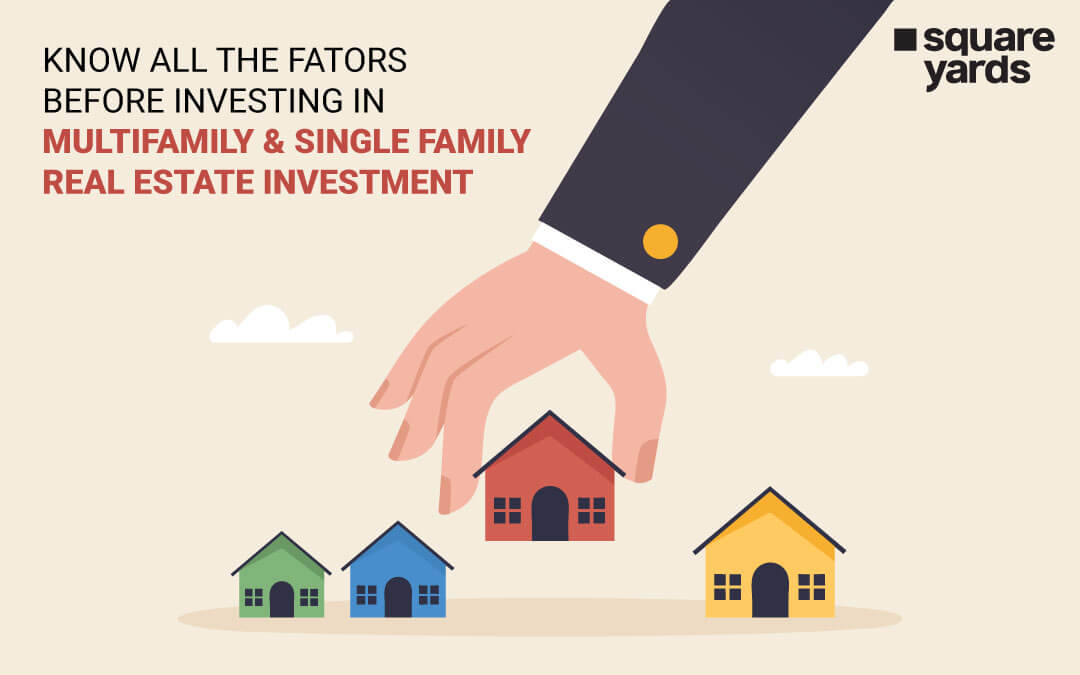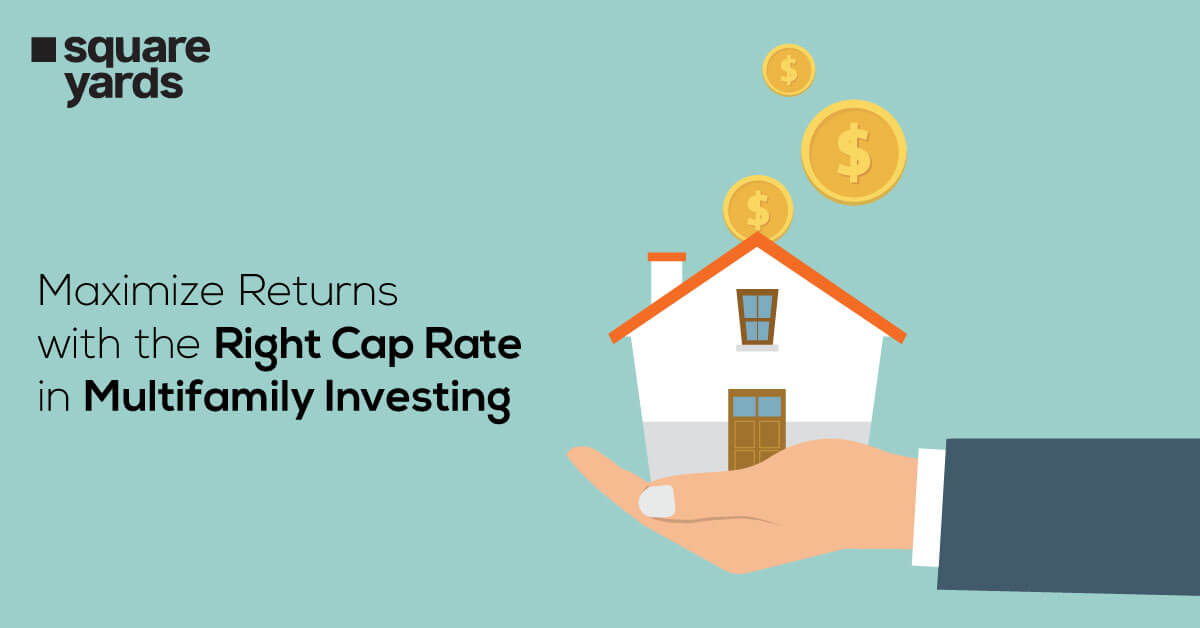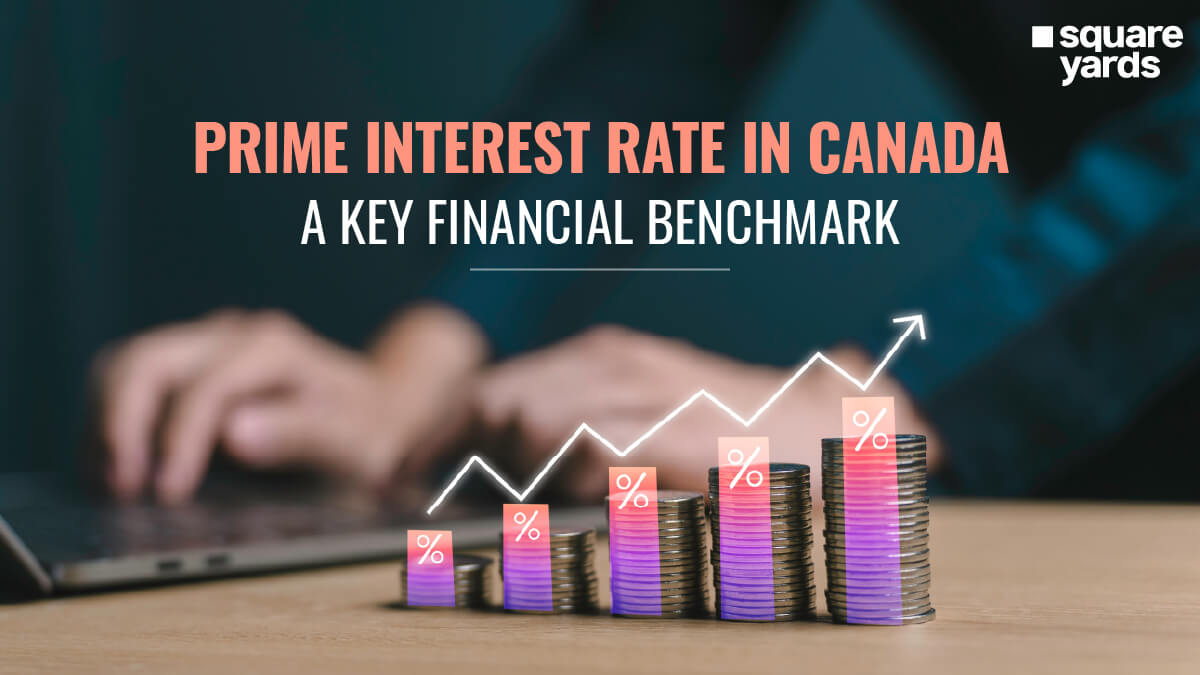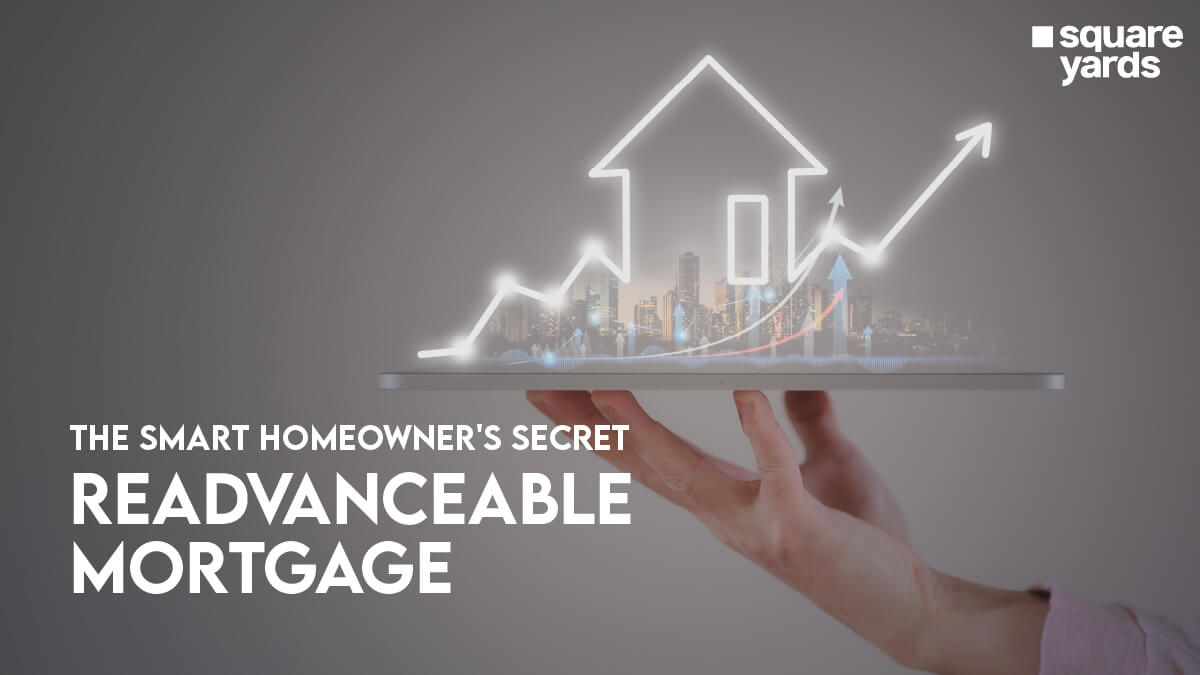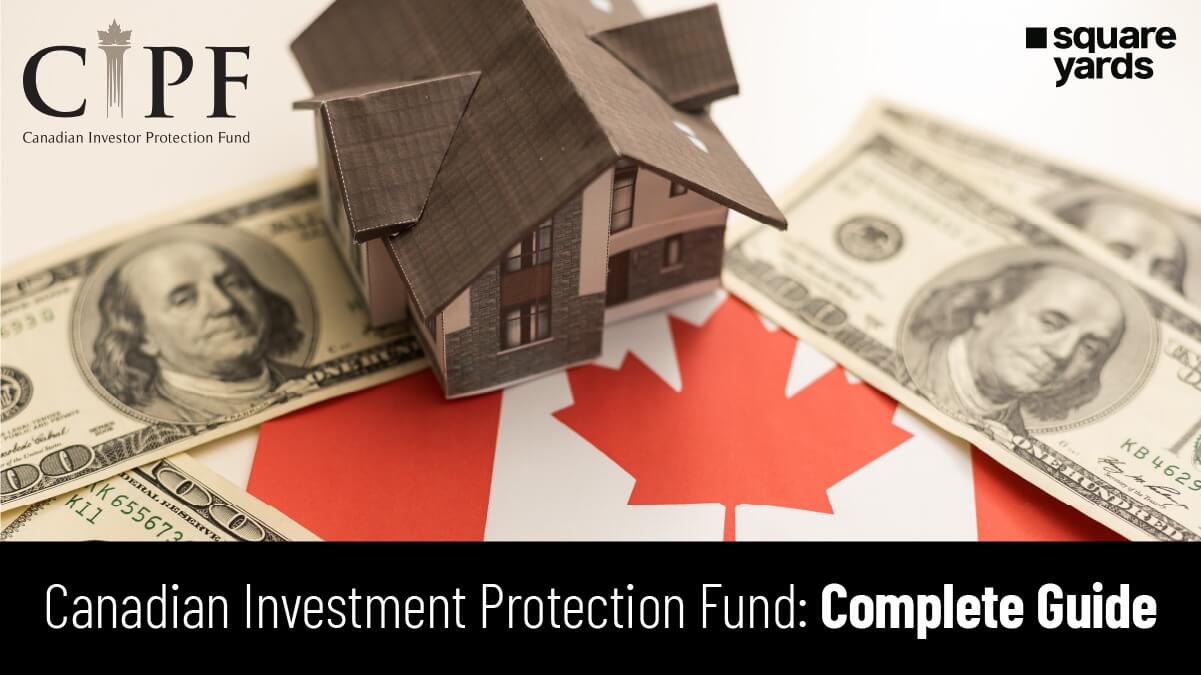Many Canadians have dreamed of owning a home, and home ownership is one of the biggest financial steps a person can take. Buying a home is a sense of personal achievement, and one must do proper research before taking this crucial step. To make an informed decision, a potential homeowner will have to look into the features, drawbacks, and advantages of each type of home ownership in Canada. From traditional freehold ownership, where the owner has full control over the land and building, to condominium ownership, which involves shared responsibilities for common areas, each type has unique benefits and considerations.
Key Factors For Choosing the Right Home Ownership Type
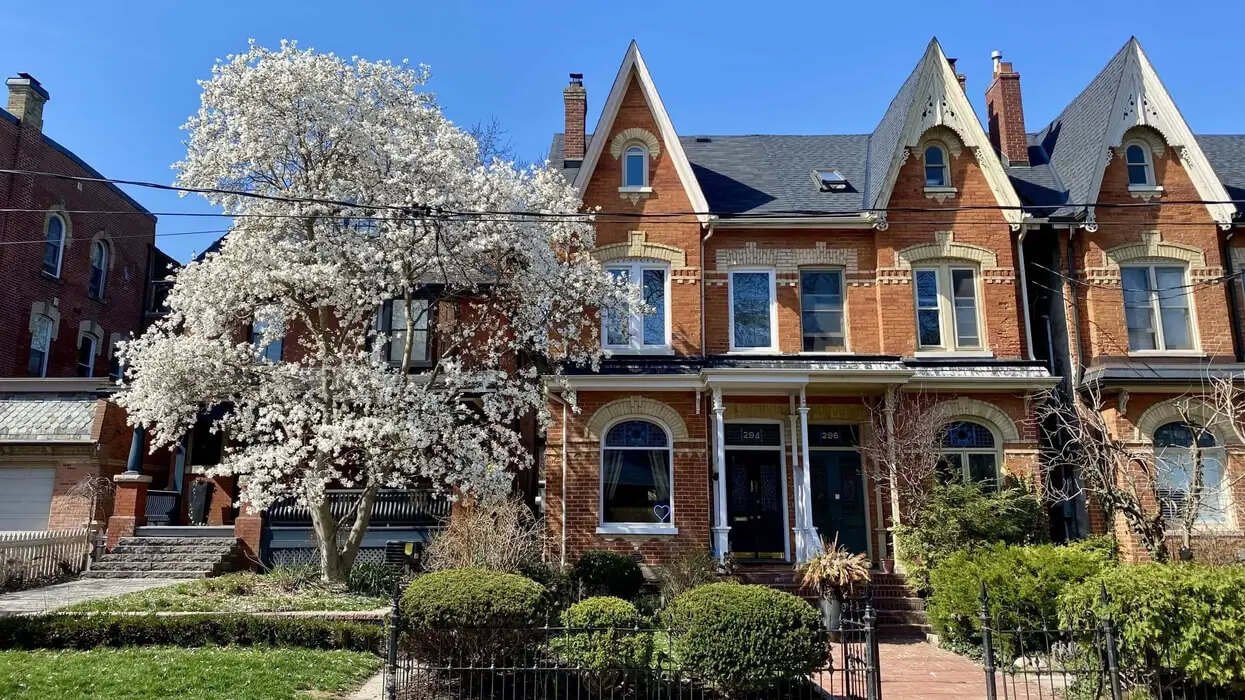
While choosing a property type and location is a very important part of purchasing a house, the correct type of home ownership in Canada can liberate the property owner of long-standing payments and reduce their workload. Here are some of the factors that you should consider before choosing a property ownership style:
Financial Considerations
Before choosing a home, you must evaluate the down payment cost of each property type and its mortgage expenses. Also, the property tax and maintenance costs associated with each type of home ownership style should be paid attention to. For example, condos typically have additional monthly fees for shared amenities and services.
Autonomy
Many types of properties are cheaper but don’t give the landowners full control and autonomy. Leasehold ownership leads to strict rules and regulations, which means that you will have to follow the restrictions imposed by the landowner. Freehold ownership allows for any type of modification and renovation.
Responsibility for Property
Some properties make the landowner completely responsible for everything inside the property, including maintenance and repair work. This workload gets reduced in co-operative housing, increasing residents’ sense of communal harmony.
Future Plans
Ensure that your home ownership style matches your long-term goals and that you can easily sell the home at any time. If you plan on moving out soon or want to rent the house, a condo might be more suitable than a freehold home.
Find Your Fit: Different Types of Home Ownership Styles
Here are the different types of home ownership styles that you can consider purchasing according to your budget and desired workload responsibilities.
Registered Ownership
Registered ownership is a type of ownership in which only one person becomes the property owner. The registered owner of the home is responsible for the home’s maintenance and repairs and bears all the expenses associated with the house. This also ensures that the registered owner has a clear and undisputable title, protected against fraud and claims by others. The registered owner must ensure that their name has been updated in the city council’s records and should purchase title insurance to protect themselves from huge lawsuits related to the property.
Freehold Interest
Freehold interest is the most common type of home ownership style in Canada, where the property owner does not just own the house but also the plot of land it is on. This means that any structure built on the land belongs to the rightful property owner and protects him/ her from any legal cases. Most preferred for single-family homes, most freehold interest owners have the freedom to use their property for personal, rental, or investment purposes without needing permission from a landlord or association. These property owners have long-term stability and can lease the land to anyone without legal documentation.
Leasehold Interest
A leasehold interest is a property tenure in which the owner can use the property/ land for a specific period of time, as mentioned in the agreement. This type of ownership restricts the buyer’s autonomy and makes them less liable for any damages to the property. This means that while the leaseholder is required to maintain the property, major responsibilities are on the landowner’s shoulders. This type of home ownership comes with a fixed monthly/ yearly payment, separate from the mortgage payments, and additional charges are only applied to common room facilities. The lease timeline is mentioned in the official contract, which can be as long as 99 years.
Co-ownership
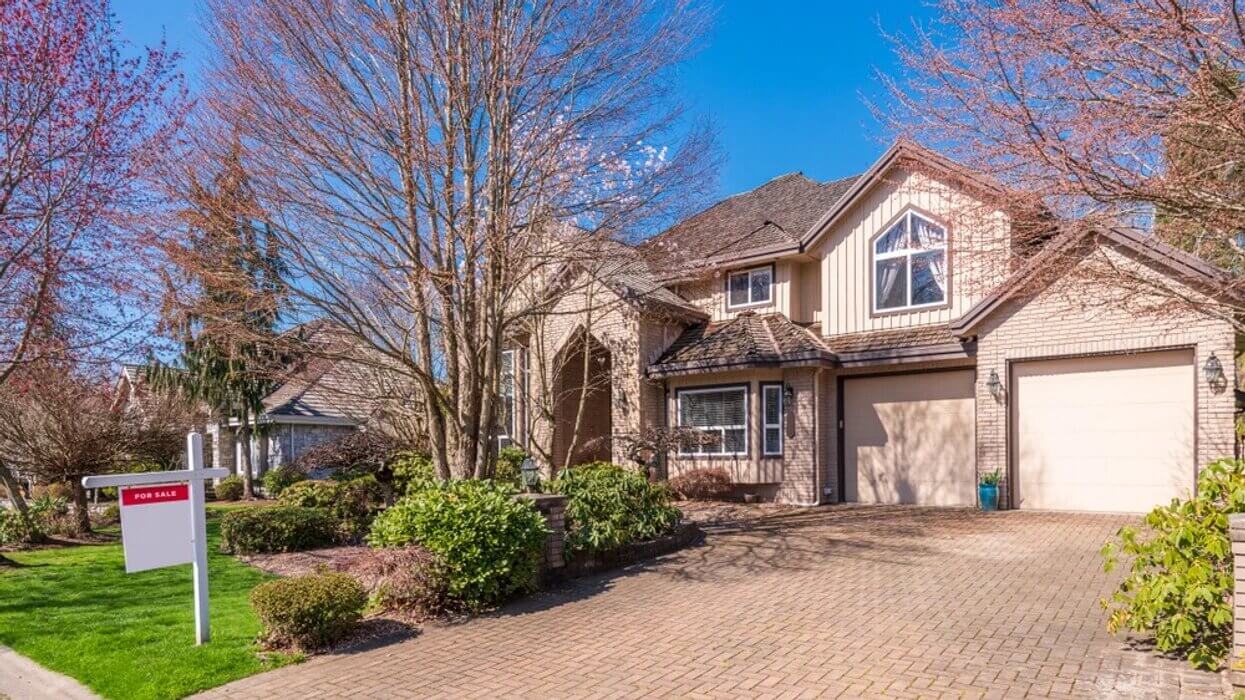
Co-ownership homes are one of the most popular and affordable choices for house ownership. In this arrangement, two or more parties agree to live in a single home or condo while sharing the common room spaces and paying for their respective percentage of ownership. The payments are directly proportional to their home share and can be significantly lower than those for independent/ leasehold homes. The paperwork for this type of property ownership outlines each co-owner’s rights, responsibilities, obligations, relevant decisions, dispute resolution style, and process of transferring ownership. Such a type of home ownership helps individuals invest in real estate properties and earn high rental incomes without huge mortgages.
There are three types of tenants under the co-ownership style, which includes:
Joint Tenants
In joint tenant home ownership, each property owner has an equal percentage of the home/ land. This ensures that everyone has equal rights and responsibilities for the property. This means that if one partner fails to pay for their financial obligations, the other one has to suffer monetary losses. Such a partnership can be terminated without the consent of the other partner(s) whose name is on the registration deed. Usually used by spouses or family members, such a property has no legal disputes, and ownership is automatically transferred to the surviving owner in case of a death.
Tenants In Common
Tenants in Common is a type of shared partnership that does not include equal sharing of the land/ property, and each owner is entitled to only their part of the property. Such a partnership does not have a right of survivorship, so if the property owner passes away, their beneficiary gets the percentage share, not any other property partner. Tenants in common have a shared interest in the property, but their obligations are limited to their percentage share. Hence, one can sell/ transfer their part of the ownership without informing others, and each share comes with a limited cost of tax and maintenance to be filed separately. A tenant of such property cannot claim ownership of any specific visible part of the land/ home/ office, which prevents legal disputes.
In-Trust Ownership
Usually used for generational properties, in-trust ownership is a type of ownership where one person buys the legal title of the property for the benefit of another partner. Legally, the property is under the former’s name but is being run/ managed by the beneficiary. This is mostly done for tax purposes and to escape family conflicts in the future. Hence, the beneficiary is protected from any legal claims and previous creditors while ensuring that the land and property will eventually be handed over to the beneficiary if/ when the owner passes away.
Partnership Agreement
A partnership agreement is one of the most common home ownership styles. Partners draft a legal agreement that outlines each party’s responsibilities, rights, and obligations. This prevents potential ownership disputes and provides clarity on property rights between business partners. All the expenses of such a partnership are paid together but noted down for legal documentation, to be paid later according to the percentage share between partners. Most of the decisions regarding the property are made via majority voting, with some partners also getting VETO powers. The agreement also mentions the process for resolving disputes amicably and what happens to ownership if anyone wants to exit. Most partners share a common lawyer who advises on tax liabilities and the allocation of income earned from the property.
Unlocking Your Home Ownership Dreams
Home ownership is a dream for many, and the various styles of buying a house enable all types of customers to embark on this beautiful journey. Even with limited budgets, customers can purchase large homes on leases and strike a balance between affordability and space. Canada offers many types of home ownership styles, from families wanting a nice communal home to business partners wishing to purchase the perfect rental villas. Every customer must research them before signing that final document.
You May Also Know
|
Guide To Townhouse Down Payment |
|
|
Explore The Benefits of Homeownership |
|
|
All About Penthouse Design |
|
|
Know The Home Based Business in Canada |
Frequently Asked Questions (FAQs)
What is the meaning of home ownership?
Home ownership is a status that an individual/ a family/ business partners hold the legal title to a house/ property.
How does property ownership work in Canada?
Property ownership is a right for every Canadian, and this ownership is established after one holds a legal document to prove one's hold on the home/ property.
Can you get Canadian citizenship by buying a property?
No, owning a property in Canada does not provide you with official citizenship. Any investor has to first apply for Permanent Residency, live in the country for 3 years, and then, after 3-5 years of investment, be eligible for a Canadian Passport.
What document proves you own a house in Ontario?
You can prove home ownership in Ontario via a deed or title.
What is the strongest form of real estate ownership?
Fee Simple is the highest form of real estate ownership, as recognised by the law. Such an owner can use his land in any way desired, and there is no restriction on the time frame for ownership.

